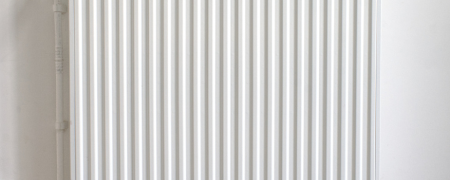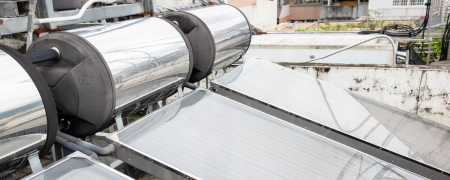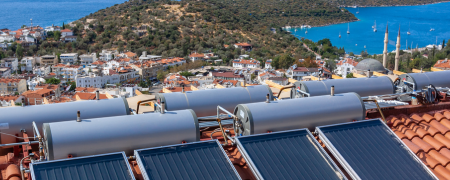Exploring the E Water Heater: Efficiency Meets Comfort
The e water heater, also known as an electric water heater, represents a modern marvel that seamlessly combines efficiency and comfort in homes and businesses. In this comprehensive guide, we will delve into the world of E water heaters, uncovering their various types, benefits, and applications to help you make informed decisions about your hot water needs.
Understanding E-Water Heaters
E water heaters, or electric water heaters, are cutting-edge appliances designed to heat water for domestic and commercial purposes. These heaters come in different types, each tailored to specific applications and requirements.
Types of E Water Heaters
- E Tank Water Heaters: These are the most common type of E-water heaters. They store and heat a designated volume of water within a well-insulated tank, ensuring a steady supply of hot water. They are suitable for various applications, including showers, faucets, and appliances.
- E Tankless Water Heaters: Also known as on-demand water heaters, these units do not store hot water. Instead, they heat water as it flows through the unit, providing hot water on demand. E tankless heaters are space-saving and energy-efficient, making them an excellent choice for those seeking both hot water and energy savings.
- E Heat Pump Water Heaters: These innovative E heaters transfer heat from the air or ground to heat the water, making them highly energy-efficient. They are ideal for those seeking both hot water and significant energy savings.
Advantages of E Water Heaters
E water heaters offer several compelling advantages:
- Energy Efficiency: E water heaters are highly efficient, converting nearly all the energy they consume into hot water. This efficiency translates into cost savings on your utility bills.
- Versatility: They can be used for a wide range of applications, from providing hot water for showers and baths to running dishwashers and washing machines.
- Ease of Installation: E water heaters are easier to install than gas counterparts, as they do not require venting systems. This simplifies installation and reduces associated costs.
- Safety: E water heaters do not produce harmful emissions, making them a safer choice for indoor installation.
Choosing the Right E Water Heater
Selecting the right E-water heater involves considering various factors:
1. Type
Determine the type of E water heater that best suits your needs, whether it’s a tank, tankless, or heat pump model.
2. Size and Capacity
Consider the size and capacity of the heater to ensure it can meet your hot water demands. Factors like the number of people in your household and hot water usage patterns should influence your choice.
3. Energy Efficiency
Look for models with a high Energy Factor (EF) rating to maximize energy savings.
4. Installation Location
Consider the available space and installation requirements when choosing the right location for your E water heater.
Maintenance and Care
To ensure the longevity and optimal performance of your E water heater, regular maintenance is essential:
- Flush the Tank: If you have a tank water heater, periodically flushing the tank to remove sediment buildup can improve efficiency.
- Check the Anode Rod: Inspect and replace the anode rod as needed to prevent corrosion and extend the life of the heater.
- Test the Pressure Relief Valve: Ensure the pressure relief valve is functioning correctly to prevent excessive pressure buildup.
- Inspect for Leaks: Regularly check for any signs of leaks or water damage around the heater.
Conclusion
The E water heater, or electric water heater, represents an ideal fusion of efficiency and comfort for your hot water needs. Understanding the different types, considering factors like size and capacity, and performing proper maintenance are crucial steps to ensure your E water heater efficiently and reliably meets your hot water requirements.





Leave a Reply